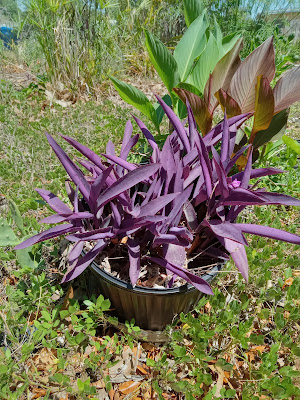Duckweed and water hyacinth are two aquatic plants that are increasingly being considered as potential sources of livestock fodder. Both of these plants are able to grow rapidly and prolifically in water bodies, making them attractive options for farmers and ranchers looking for cost-effective, sustainable feed sources.
In this blog post, we will compare and contrast duckweed and water hyacinth as potential fodder sources, looking at their nutritional value, ease of cultivation, and other important factors.
Nutritional Value
One of the most important factors when considering any feed source is its nutritional value. In this regard, both duckweed and water hyacinth have a lot to offer. Duckweed is rich in protein, with some species containing as much as 45% protein by dry weight. It is also a good source of essential amino acids, as well as vitamins and minerals such as vitamin A, vitamin B12, iron, and calcium.
Water hyacinth, on the other hand, is high in fiber and also contains significant amounts of protein (up to 15% by dry weight). It is also a good source of minerals such as potassium and phosphorus. However, it is important to note that water hyacinth can accumulate toxic compounds such as heavy metals, which can make it unsuitable for consumption in certain areas. (They both bioaccumulate, though less research has been performed on duckweed and azolla for that purpose. It would be wise not to consume or allow animals to consume any plants that may be contaminated with large amounts of heavy metals.)
Ease of Cultivation
Another important factor to consider when comparing duckweed and water hyacinth as fodder sources is their ease of cultivation. Duckweed can be grown in a variety of water bodies, from small ponds to large-scale wastewater treatment systems. It requires relatively little maintenance, and can be harvested multiple times per year. However, it is important to note that some species of duckweed can be invasive and may require careful management to prevent them from spreading to other water bodies.
Water hyacinth, on the other hand, can also be grown in a variety of water bodies, but requires more maintenance than duckweed. It grows best in warm, tropical climates and can be sensitive to changes in temperature and water quality. Additionally, because of its potential to become invasive, water hyacinth may require more careful management than duckweed.
Environmental Impact
Both duckweed and water hyacinth have the potential to provide a number of environmental benefits in addition to their use as livestock feed. Duckweed, for example, has been shown to be effective at removing excess nutrients such as nitrogen and phosphorus from wastewater, reducing the risk of algal blooms and other water quality issues. It can also provide habitat for a variety of aquatic species.
Water hyacinth, on the other hand, can help to prevent soil erosion and reduce water evaporation in areas with high temperatures and low rainfall. It can also provide habitat for a variety of aquatic species, including fish, turtles, and birds. However, as mentioned earlier, water hyacinth can also become invasive and may require careful management to prevent it from spreading to other water bodies.
Cost and Availability
Finally, when considering duckweed and water hyacinth as fodder sources, it is important to consider their cost and availability. Duckweed is relatively easy and inexpensive to cultivate, and can be harvested multiple times per year. It is also available in a variety of forms, from fresh to dried, and can be fed to livestock as a supplement or as a complete replacement for other feed sources.
Looking to buy some live duckweed to try out at your homestead? Look no further than this excellent Etsy store, run by Knotty Pots.
Water hyacinth, on the other hand, may be more difficult and expensive to cultivate, depending on the location and water quality. It is also less widely available than duckweed, likely because it is illegal to buy/transport in some areas, including Florida. Water hyacinth may require more effort to harvest and process for use as livestock feed, as it is larger and heavier.
In conclusion, both duckweed and water hyacinth have the potential to be valuable sources of livestock feed, depending on a variety of factors such as their nutritional value, ease of cultivation, and local and regional laws.














